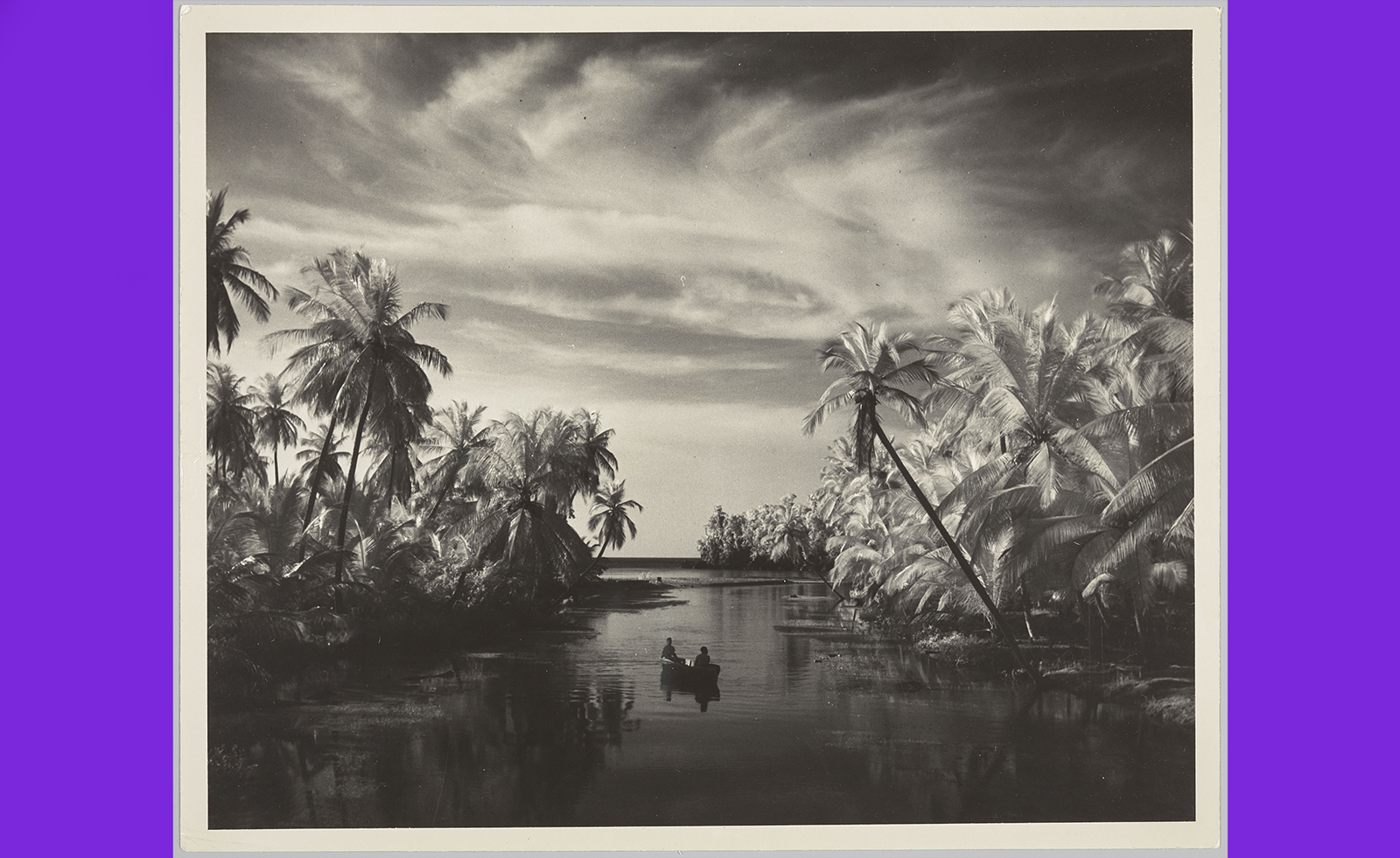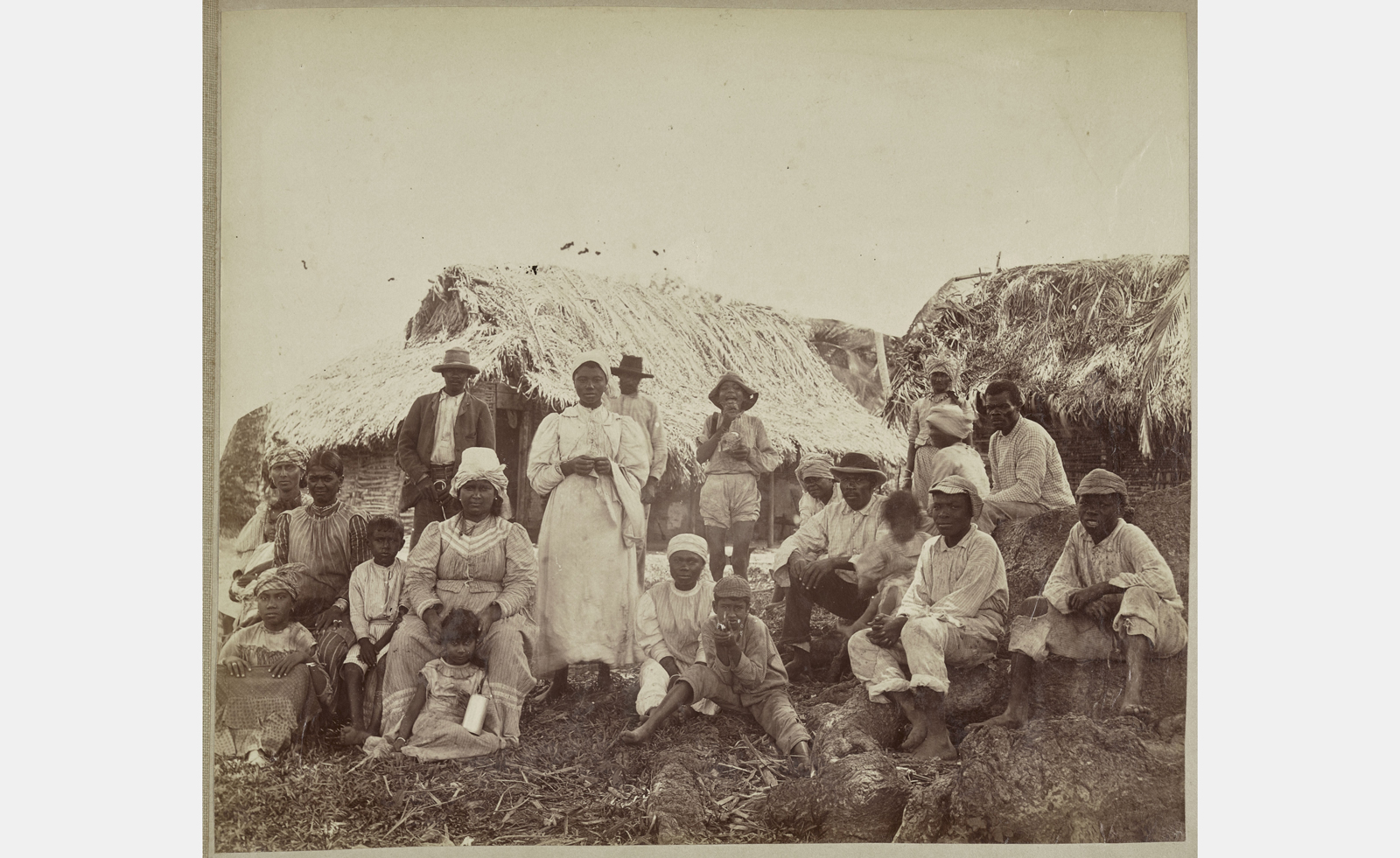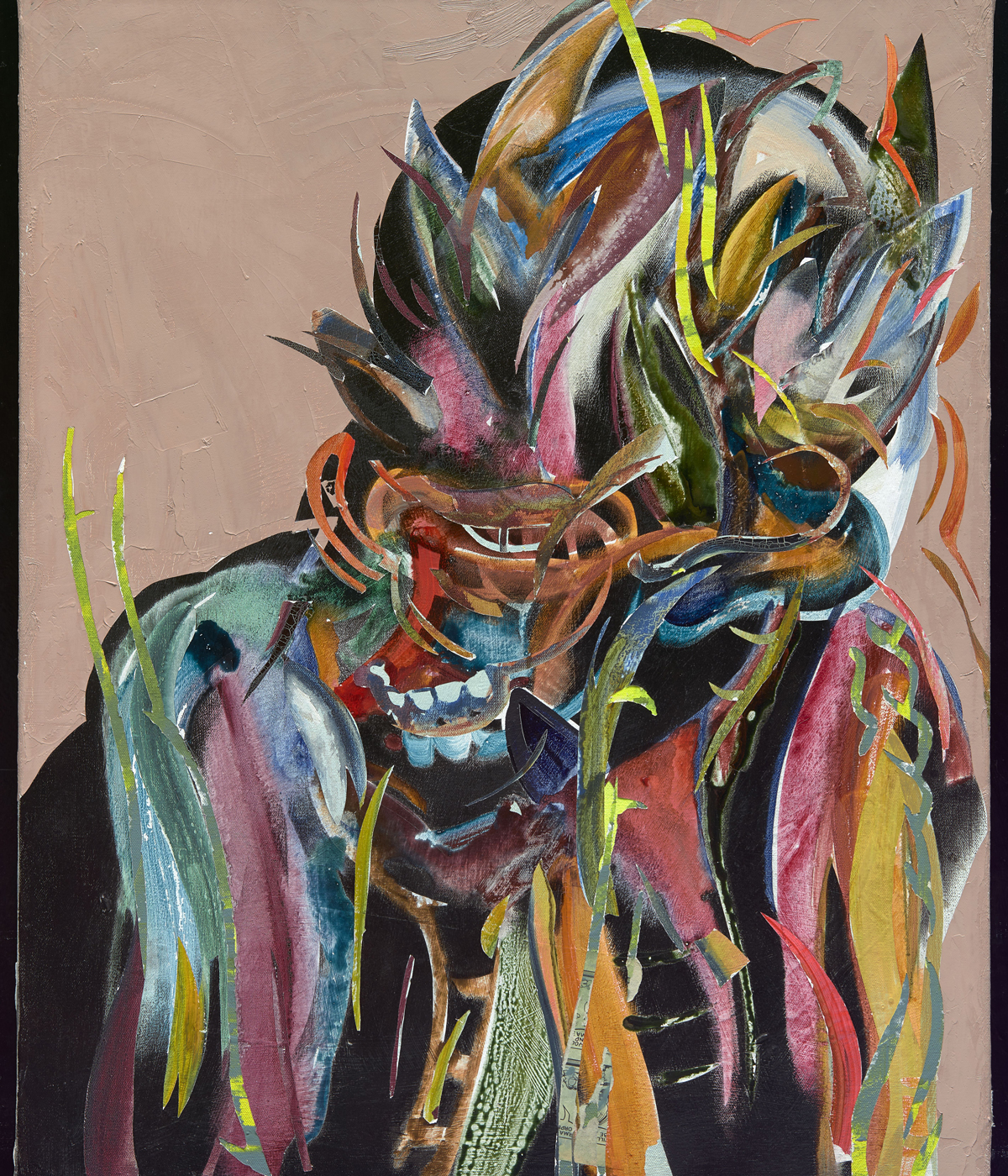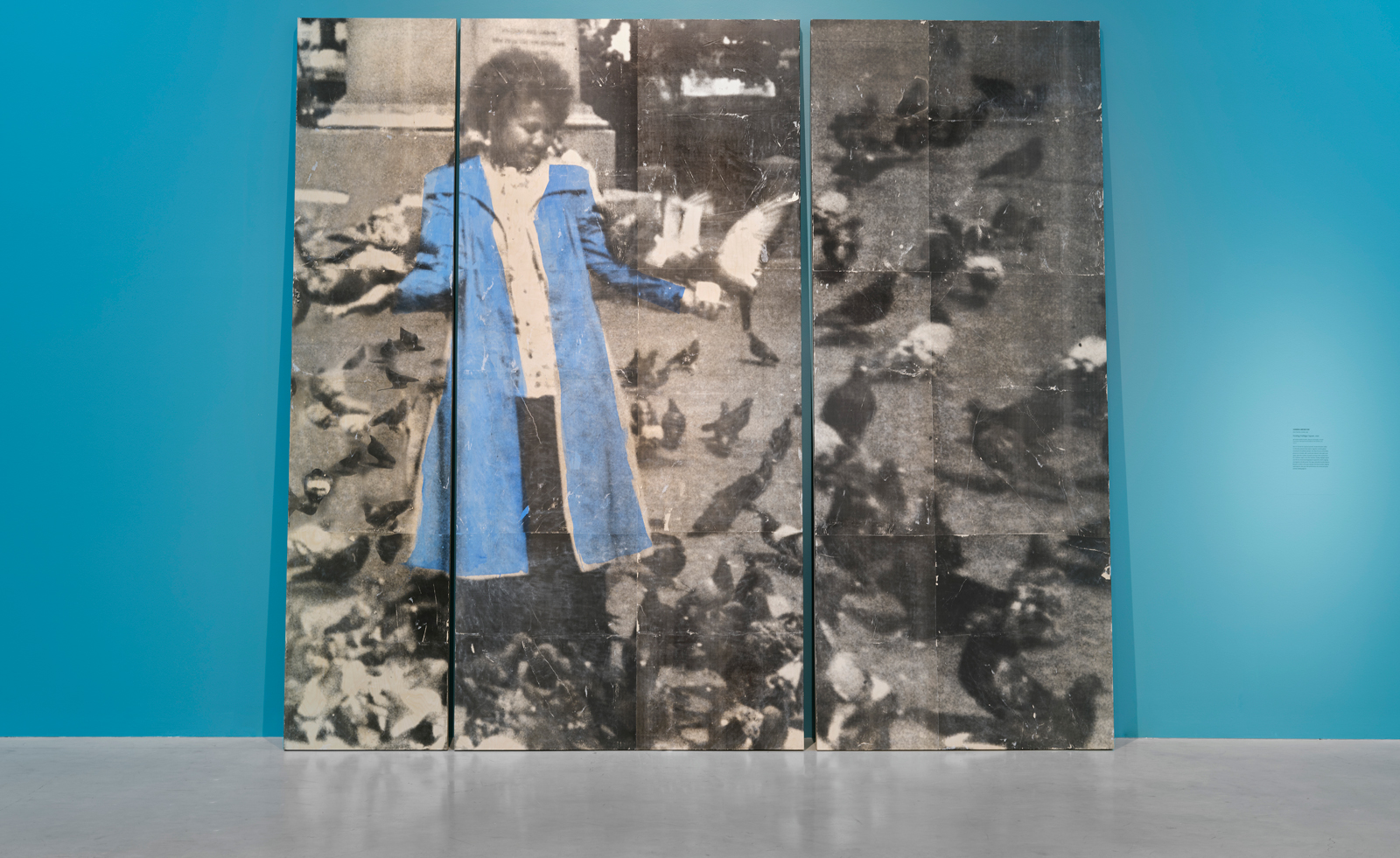
In September 2021, Fragments of Epic Memory, an exhibition tracing the post-emancipation to contemporary history of the Caribbean, debuted at the Art Gallery of Ontario. The show then travelled to the Portland Museum of Art and the Minneapolis Institute of Art and has now arrived at the Columbus Museum of Art for its final act.
The CMA edition features over 100 images from AGO’s Montgomery Collection of Caribbean photographs dating to the early 19th century, alongside the work of contemporary Caribbean and Caribbean diasporic artists. It is also billed as one of the CMA’s most extensive presentations of video and time-based works, such as Ebony Patterson’s multi-channel video installation …three kings weep…, 2018.
“The touristic image of the Caribbean papers over its social, political, and historical complexity,” says Daniel Marcus, curator of Collections and Exhibitions at the Columbus Museum of Art. “Many Caribbean artists—especially the younger generations—have urged the exploration of other, less stereotyped dimensions of the region.”
Two major solo presentations by the legendary photographer Ming Smith run concurrently alongside Fragments of Epic Memory. Marcus, who curated this iteration, shares some insights with Wallpaper*.
'Fragments of Epic Memory' at the Columbus Museum of Art

Can you expand on the exhibition chronicling Caribbean artistic legacies interwoven with liberatory struggles?
The struggle for liberation and emancipation in the Caribbean was extremely hard-fought—it’s an extraordinary history, with huge relevance for the entire world, not just the immediate region. For example, the Haitian Revolution of the late 18th century is often remembered as the first successful slave revolt in history.
Since the dawn of the modern era, Caribbean artists have continually wrestled with this history. In the exhibition, Jeannette Ehlers’ video Black Bullets pays homage to the Haitian Revolution, while Roshini Kempadoo’s project Ghosting considers the enduring presence of enslaved people in the photographic archive.

What’s the goal of pairing images from the early 19th century alongside the work of contemporary Caribbean and Caribbean diasporic artists?
This gesture takes inspiration from artists like Roshini Kempadoo, Rodell Warner, and Sandra Brewster—all are included in the show—whose work delves deeply into photographic archives. As these artists are quick to point out, the history of photography in the Caribbean is fraught; even after emancipation, European photographers continued to frame the image of the region as a tropical paradise for tourists. The exhibition calls attention to this aspect of the photographic archive, while also seeking alternative—and even subversive—perspectives.
What’s different about CMA’s presentation compared to the iterations at the Art Gallery of Ontario, the Portland Museum of Art, and the Minneapolis Institute of Art?
We have included many new loaned works for this final presentation of the show: collotypes by Belkis Áyon; a massive canvas by Frank Bowling; two works—including a large freestanding sculpture—by Zak Ové; a selection of “spool” paintings by Frank Walter (and more!); and a recent painting by Alberta Whittle, among other additions.

Anything else you want to add?
With the recent national focus on Haitian immigrant communities in Ohio, this exhibition makes such a timely and necessary contribution. The Caribbean is also part of our local and regional community; its stories are also our stories.
Fragments of Epic Memory is on view at the Columbus Museum of Art until 26 January 2025







